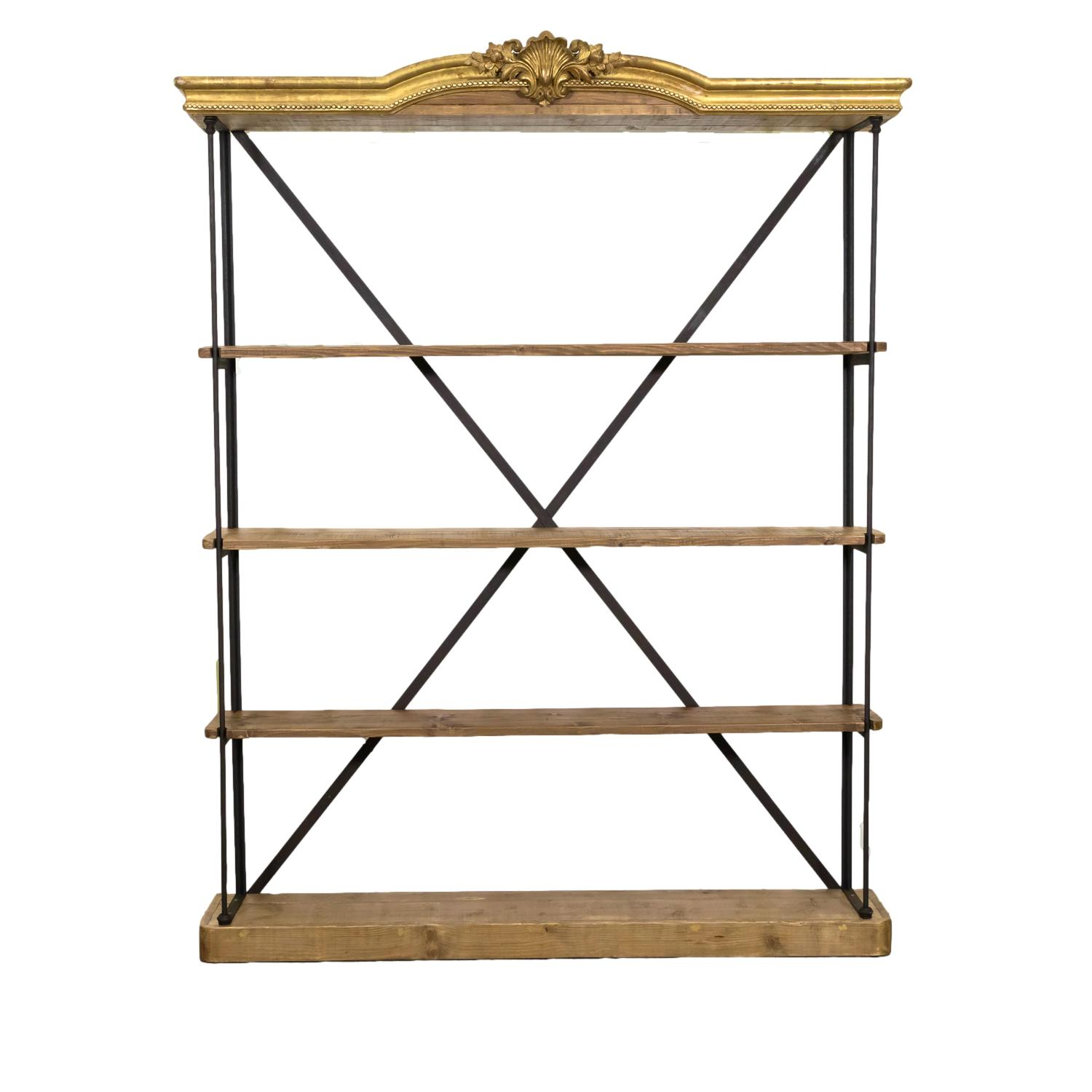
Whether you're new to the world of antiques or a connoisseur with a curated collection, Lolo's A to Z Glossary of French Antiques
furniture terms with photographs and illustrations is an essential tool that will help educate and enlighten you.
E
ebéniste: Ebony was so prized in France during the late 17th century that a cabinetmaker or furniture maker became known as an ebéniste. A cabinetmaker specializing in luxury case furniture incorporating marquetry or veneer of various kinds.
écritoire: A writing desk with compartments and drawers, concealed by a hinged flap, on a chest of drawers or plain stand.
egg-and-dart: A decorative motif of classical origin consisting of egg shapes alternating with arrowheads or dart like points.
embossing: Process of stamping, hammering, or molding a material so that a design protrudes beyond the surface.
Empire Period (1804-1815): A period of design intended to express the imperial majesty of Napoleonic France, from 1804-1815. Neoclassic in style, it was inspired by the decorative motifs and characteristics of Greco-Roman models and characterized as "spare, noble, and massive." Mahogany, rosewood, and ebony were the preferred woods. Brass or gilt mounts in the form of swags, festoons, laurel wreaths, torches, and mythological creatures were used. Also common were the Napoleonic emblems of the bee, the crown, and the letter "N." After Napoleon conquered Egypt, sphinxes and other Egyptian figures were used.
encoignure: Term used to designate a small armoire, commode, cabinet, or cupboard made to fit a corner. A chair placed in a corner is referred to as a chaise encoignure.
enfilade: A long buffet in which the cabinet doors reveal connected compartments in a row. It is a long buffet and must have at least three or more cupboard doors. Literally, from the French word "enfiler" meaning "to run along."
engraving: Printing from a copper or wooden plate upon which a drawing or design has been made by a metal tool. Should not be confused with etching where an artist removes a material with acid to create a design. In its narrowest sense, it is an intaglio printing process in which the lines are cut in a metal plate with a graver, or burin. Furrows are cleanly cut out, raising no burr, and then filled with ink which is transferred under high pressure to the printing surface of the press. The earliest known engravings printed on paper date from about the middle of the 15th century. Wood engraving differs from true engraving in that it is a relief process. During the 19th century, steel engraving enjoyed a short popularity as a reproduction process because it made possible a large number of proofs, but it was superseded by photomechanical processes.
epergne: An ornamental centerpiece, usually glass or silver or a combination of both. Two or more vase-shaped holders are branched upward from a decorative base to hold flowers.
escutcheon: Ornamental plate, usually bronze or ormolu, surrounding a keyhole opening for protection as well as decoration.
espagnolette: A feature, often a bronze furniture mount, set at the top of a leg and having the form of a female bust.
estagnier: A Provençal shelf hung on the wall used for displaying plates. Often hung above a pétrin in a kitchen or dining area.
étagère: Set of freestanding or wall shelves used to display objects beginning in the Louis XVI period.
etching: Print from a copper plate upon which a drawing or design has been made by a metal tool.










